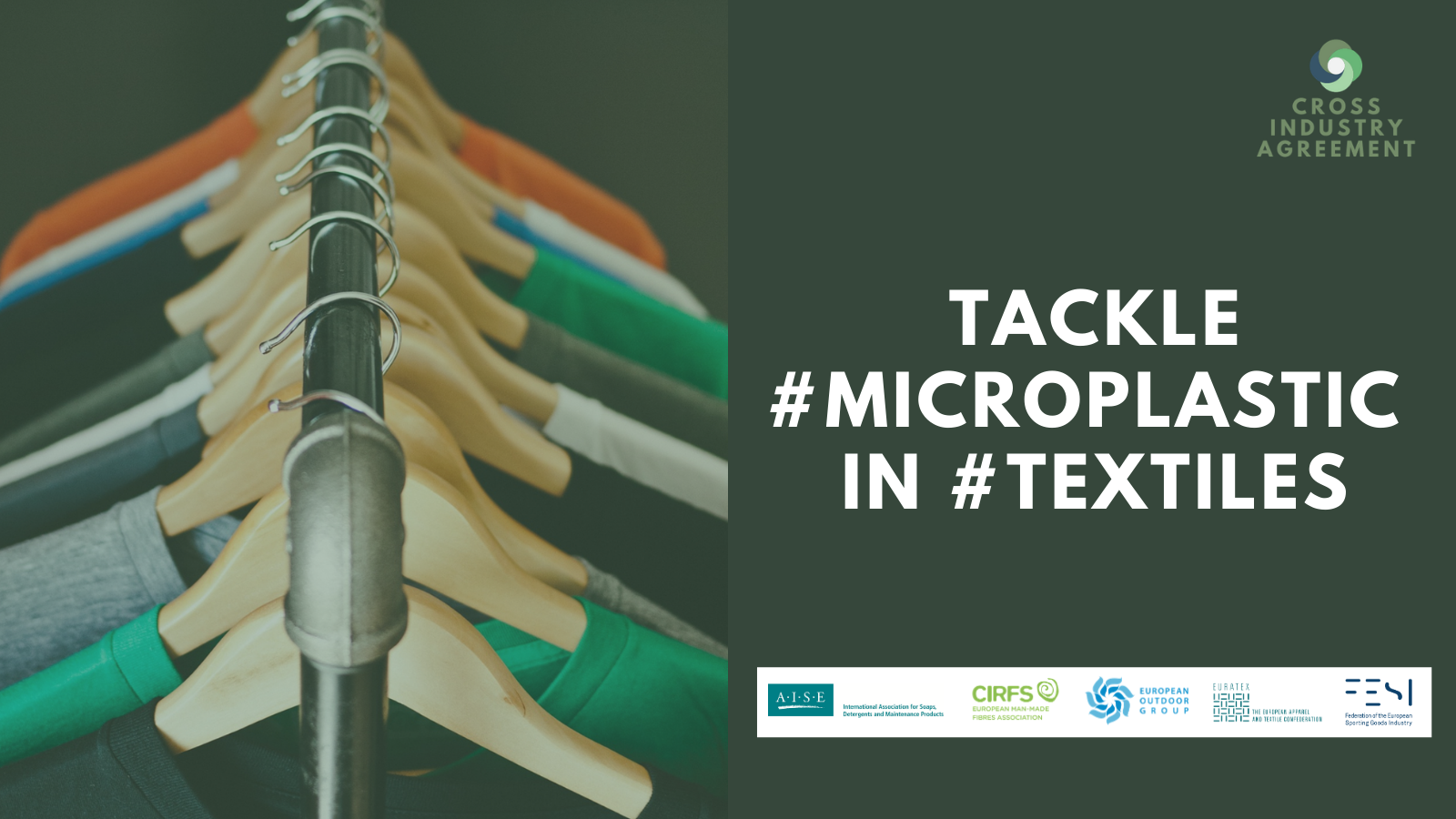In 2018 five industry organisations, including A.I.S.E., agreed to join forces proactively to tackle the issue of microplastics through the establishment of the Cross Industry Agreement. The signatories understood that, to further global action around the topic, a harmonised test method that would allow the collection and comparison of globally generated data was an important first step, in addition to sharing of science-based knowledge and fostering research to find suitable solutions.

![]()
Today, these organisations are proud to announce that the road towards a harmonised test method is coming to an end. The harmonised test method has been developed following extensive stakeholder engagement and has now been handed over to CEN for use as an official CEN Standard.
The Cross-Industry Agreement community will continue to engage with CEN to advance the delivery of an official CEN standard and aims to use the harmonised test method in new research as of 2021.
In parallel to this, since the formation of the Cross Industry Agreement there have also been significant advances in the academic and industrial understanding of the topic, which have bridged a number of knowledge gaps that were subject to speculation during early discussions and are critical for future dialogue and remedial measures.
While research concludes that there are currently insufficient data to draw any meaningful conclusions about microplastic fibres toxicity, we now know that:
- Microplastic comes from a number of sources and not just from textile materials.
- All textiles release potentially problematic fibre fragments and not just synthetic textiles.
- Fibre fragmentation can occur during, and be influenced by, all phases of the product life cycle and not just during laundering.
The CIA signatories welcome policy action at an international level but recommend further research to generate fundamental data and define suitable solutions.
The finalisation of this harmonised test method leads the way for the Cross Industry Agreement to achieve their two other objectives: share information and knowledge to define common priorities to fill knowledge gaps and advise on mid/long-term measures; support and participate in industrial research activities to investigate feasible options to tackle the fibre fragmentation issue.